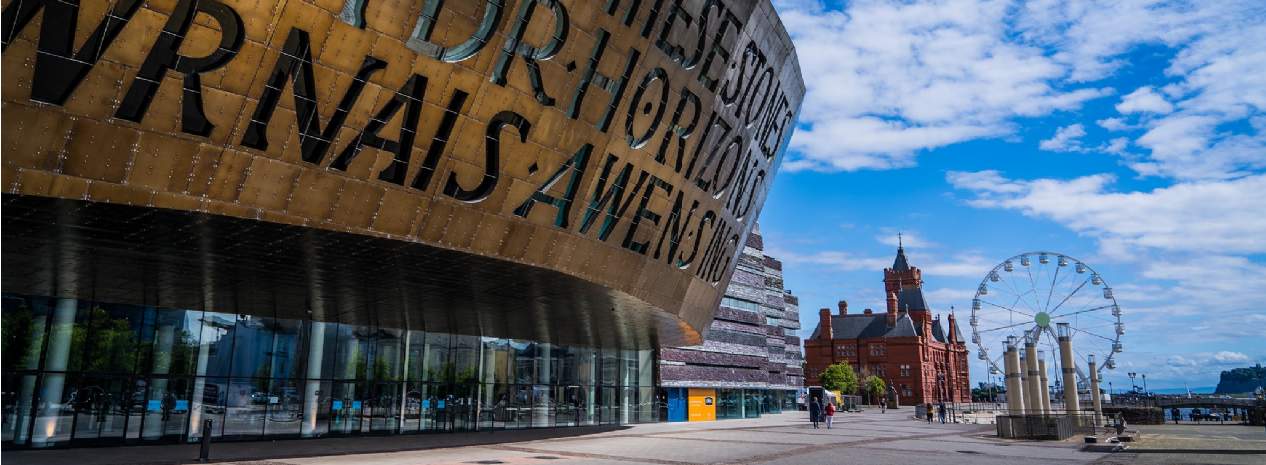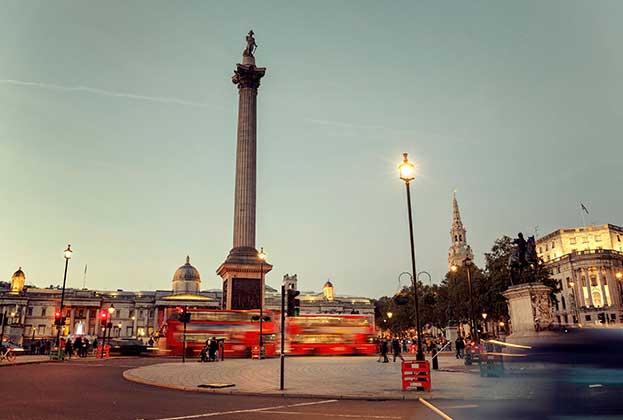Cardiff has undergone a remarkable transformation in recent years; with what was once a highly-industrialised area evolving into a thriving hub for creatives.
Government support, a skilled workforce, and a vibrant cultural scene, are key factors driving this evolution, attracting approximately 3,000 graduates to enrol in in creative and media courses each year, according to the Higher Education Statistics Agency. One key aspect of this transformation involves the revitalisation of historic buildings, which has played a pivotal role in Cardiff’s creative renaissance.
Following the deindustrialisation of the city over the past 50 years, a number of historic buildings that had lost their original purpose were left behind. Instead of allowing these old buildings to fall into disrepair, visionary urban planners and entrepreneurs have been transforming these spaces into creative havens that serve as incubators for innovation and self-expression.
So, how has the refurbishment market for offices in the city facilitated its creative revolution?
Tramshed – marrying entertainment and office space
Tramshed is located in a Grade II-listed building that was once a tram depot, which has since been redeveloped to become a multifaceted complex. It houses a 1,000-capacity performance venue, hosting an array of events ranging from watch parties for football matches to concerts featuring award-winning headliners. The venue’s tech-arm, Tramshed Tech – an ultra-connected community of tech startup and scaleup businesses – provides collaborative co-working spaces and business support programmes.
Tramshed Tech offers four office spaces across Wales, the latest being the significant expansion into One Central Square, which could set a precedent for further provision of this kind of space in traditional office buildings. Across their portfolio, Tramshed Tech now has 2,500 members, highlighting the region’s rapidly growing tech sector worth an estimated £8.2 billion.
The benefits: economic growth
By repurposing old buildings and refurbishing office space, Cardiff has stimulated significant economic growth. Creative industries have made substantial contributions to the city’s economy through job creation, increased tourism, and higher property values. According to our 2023 Cardiff Office Spotlight , the ‘Arts and Entertainment’ sector is projected to grow by 13 per cent over the next decade, indicating a positive impact on both talent acquisition and retention.
Rental growth
Refurbishing office spaces has also driven rental growth, with projects such as Hodge House and Coal House recently undergoing a comprehensive refurbishments, leading to substantial rental growth for what were previously Grade B buildings. While the Coal House is not an historic building, it’s a good example of a dated building being transformed into a stylish ‘green’ building with an EPC A efficiency rating.
Preservation
Revitalising old buildings ensures the preservation of Cardiff’s cultural heritage. These structures often carry historical significance, offering a glimpse into the city’s roots. Additionally, recycling existing buildings reduces the demand for new construction, ultimately lowering the environmental impact— an essential consideration in today’s world. Breathing new life into old buildings has not only provided these structures with renewed purpose, but has also enriched the city’s culture, economy, and overall urban experience.
Cardiff’s Creative Quarter showcases the successful fusion of historical preservation and modern innovation, cementing the city’s reputation as a vibrant, creative, and culturally rich destination.
Further information
Contact Clare Bailey and Gary Carver
The rapidly growing tech sector has been a catalyst for the growing start-up scene in Cardiff


(1).jpg)

.jpg)



.jpg)

